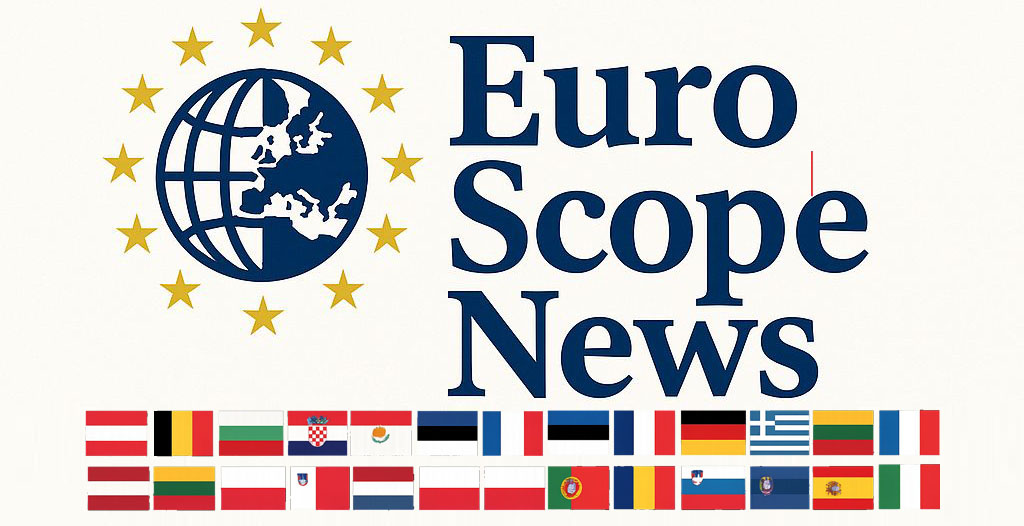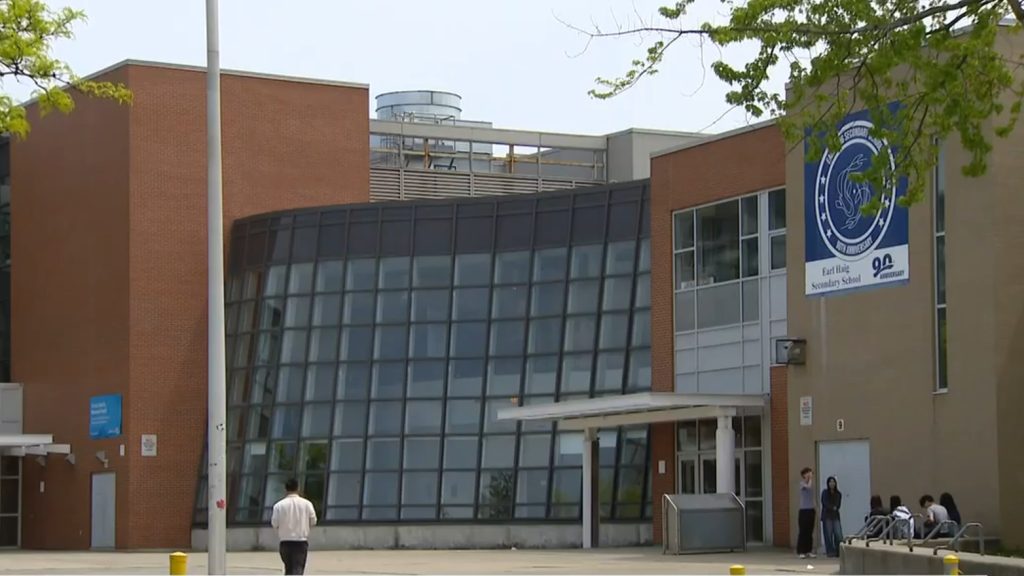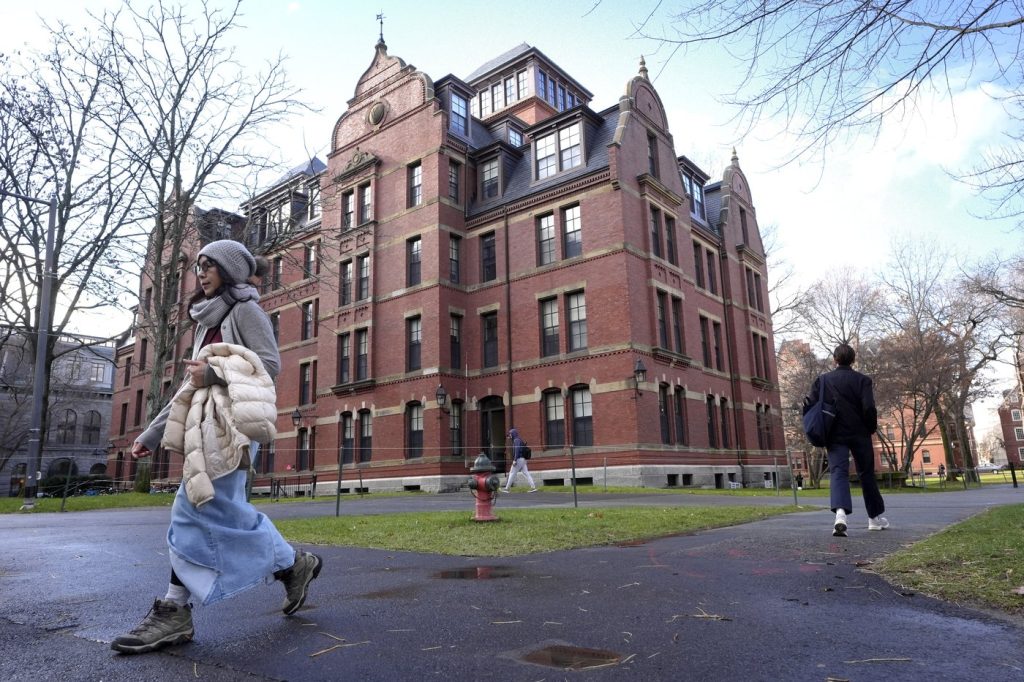Ancient Human Ancestor Lucy's Fossils Exhibit in Prague
The 3.18-million-year-old bone fragments of the human ancestor known as Lucy, one of the most significant discoveries in the field of paleoanthropology, have made their debut in Europe with an exhibition in Prague. This monumental event is particularly noteworthy as the fossilized remains rarely leave their home nation of Ethiopia.
The exhibition opened on Monday, garnering significant attention and attendance. Czech Prime Minister Petr Fiala expressed his enthusiasm during the opening ceremony, calling it the "first ever" showcase of Lucy's remains on the European continent. This marks a historic moment, as Lucy represents a critical link in the evolutionary chain, showcasing the physical attributes of early hominids.
Lucy was discovered in 1974 in the Awash Valley of Ethiopia and is classified as Australopithecus afarensis. The fossil comprises about 40% of the skeletal structure, providing valuable insights into the anatomy and behaviors of early human ancestors. Her find has been a touchstone for studies on bipedalism, human evolution, and the development of social behavior among early hominids.
The exhibition in Prague features not just the bone fragments but also interactive displays and detailed information about the context of Lucy’s discovery. This engagement aims to educate the public on the significance of this ancient species and its implications for understanding human history. The display is supported by Ethiopian authorities and emphasizes the importance of preserving and studying fossils in their original environments.
The event comes as part of a broader initiative to increase awareness of human origins and the role of Africa in shaping our evolutionary history. By bringing such significant artifacts to Europe, organizers hope to foster international cooperation in the fields of archaeology and anthropology.
Visiting the exhibit offers attendees a unique opportunity to connect with the story of Lucy, witnessing firsthand the skeletal remains that have captivated scientists for decades. The event in Prague is expected to attract a diverse audience, from academic scholars to families eager to learn more about our distant predecessors.
In the wake of the Prague display, there are discussions about future exhibitions that may showcase more fossils and artifacts from Ethiopia and other regions, further enriching the global conversation about human evolution. As interest in Lucy and other early hominid findings continues to grow, museums and institutions may look for additional ways to present these significant discoveries to wider audiences.
In conclusion, the unveiling of Lucy's fossils in Prague not only highlights the Czech Republic's role in promoting scientific dialogue but also emphasizes Ethiopia's key contributions to our understanding of the human lineage. This historical exhibit invites further exploration and appreciation of our shared ancestry, connecting people across continents through the fascinating story of human evolution.












